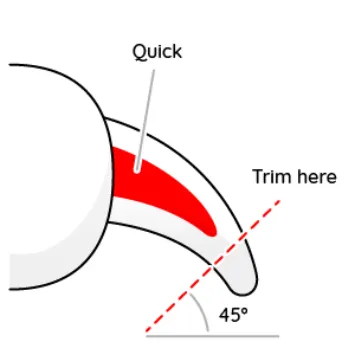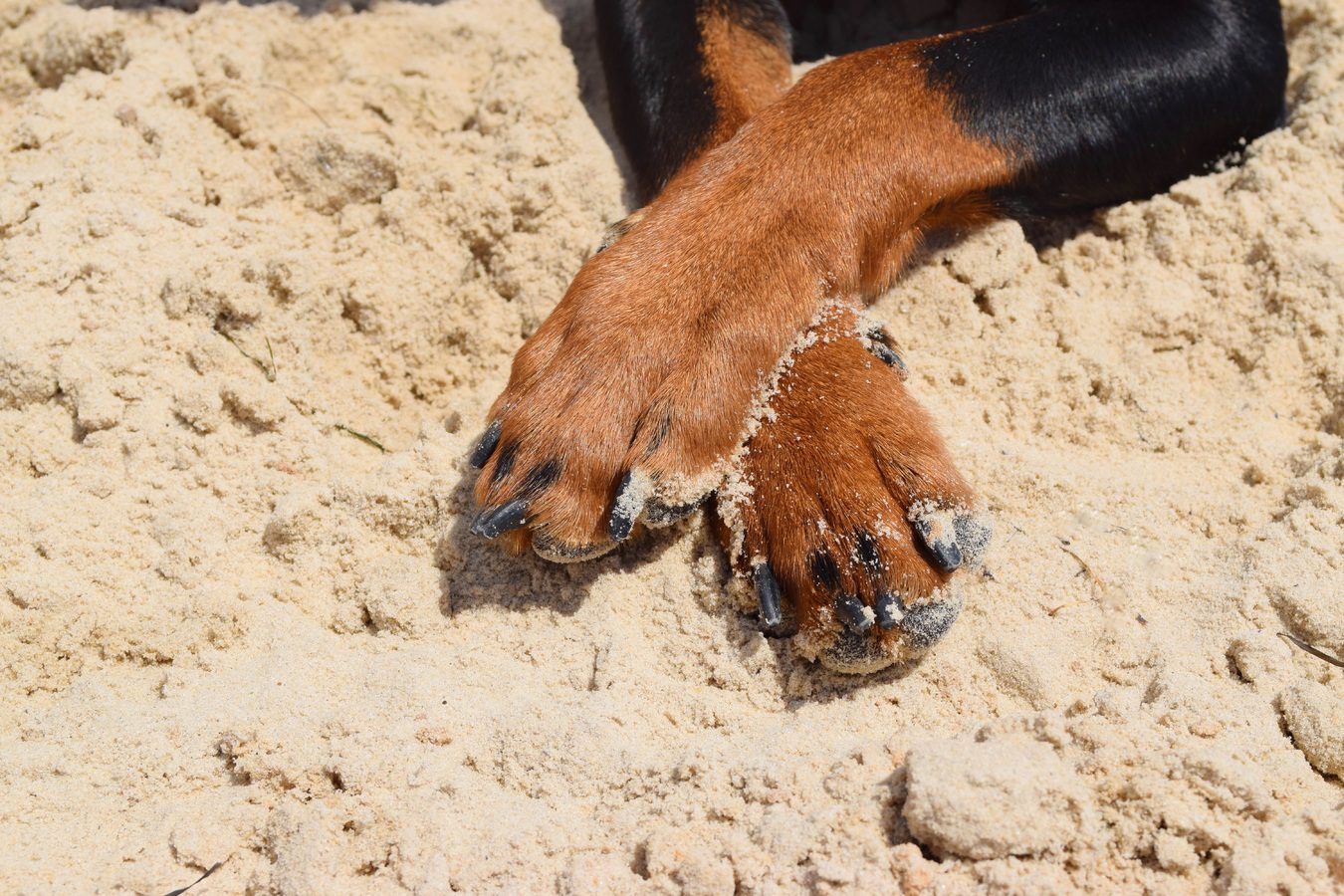Photo Source: pxhere.com
Grooming your pets is important and as a pet owner, it is your duty of care to keep your pet and their nails in the best possible condition. While this includes looking after their skin and fur, this article will run through the importance and best practices for keeping their nails in good order.
Overgrown Nails
Overgrown nails can be painful, can cause significant discomfort or even become a health risk to your pets. Long nails increase the risk of nail breaking, splitting or tearing which can quickly lead to a potential infection. Nails may even grow into the paw pads which can lead to painful wounds and again, potential infections.
Signs that your pet’s nails are too long are when your pet has walking problems, is limping, is excessively licking or biting their paws. This is because their nails are pushing up the toes and making it difficult for the pet to stand and walk normally.
If your pet is licking and biting at their paws this may also be a sign of allergy to grasses or pollens or even a food allergy. It may also be attributed to an obsessive-compulsive behaviour or a habit that has formed. Talk to us at The Village Vet to correctly identify your pet’s health issue.
Why Do Nails Become Overgrown?
Nails become too long when they are not being worn away by use. This can become more of a problem in smaller breeds or older animals that do not walk as much.
Overgrown nails can also become a problem for animals that have odd leg conformation meaning their nails do not wear down equally.
Nails that are left in this condition become a hazard as they may catch in carpet or furniture and be pulled resulting in an injury to your pet.
Nail Infections
Nail bed infections from in-growing or damaged nails are not uncommon and can be caused by overgrown nails. Be sure to have this checked by The Village Vet to ensure it is not a secondary infection from an allergy or skin issue. This can be caused by an immune condition in some breeds called Symmetrical Lupoid Onychodystrophy (SLO).
Dew Claws
Make sure you check your pet’s dew claws. These are the “extra” nail on the side of your pet’s foot which get long because they do not wear down with walking/scratching. It is common for dew claws to get hooked on things and tear. If this happens, they will bleed excessively and may need to be surgically removed. Bring your pet in to see us immediately. A torn dew claw can become easily infected if left unattended.
Regular Nail Care
To avoid nail related problems, it is important to check your dog’s nails about every 12 weeks or so and ensure they are trimmed when needed.
The Village Vet nurses will happily check and trim nails every three months when you come by for your flea, tick and worming treatment. Just let our receptionist know when you are coming by so we can have someone ready.
Tips for At Home Nail Care
Checking your pet’s nails is usually simple enough. By picking up one of their paws you can check how far the nail extends past the “quick”. If nails are too long, be sure to cut the nail at least a few millimetres past the quick. See the diagram below.

You can ask your veterinarian or one our veterinary nurses to show you how to tell when your dog’s nails need clipping but, as a guide a dog’s nails should be trimmed if they are pushing the digit up excessively, growing into the pad or causing any discomfort to your pet.
You don’t need to get carried away with clipping your pet’s nails. Sometimes they are trimmed excessively and there is no need. Trimming them too short is painful to your pet and they can bleed if not done correctly.
Handling your pet’s paws from an early age and reinforcing this “paw-touching” with rewards are critical steps to reducing your pet’s anxiety around nail clipping throughout their lives.
Using specially designed animal nail clippers or a nail filer may help and normally come with a safety bracket to ensure you do not get too close to the quick.
The following videos from AnimalWised are useful to watch before you trim your pet’s nails at home.
A Note About Cat’s Claws
Cats are well known for their scratching habits. To learn how to cope with this natural habit at home, read through our article on Why is my Cat Scratching my Furniture.
Cats scratch to remove dead outer layers of their claws and help sharpen and clean their claws. Cat’s paws have a scent gland and by scratching their “territory” they are communicating their presence to other cats. Their scratching routine is also part of their morning stretching – anyone with a cat will know this is a basic need of any feline and should never be punished.
Since many of our cats are indoors most of the time it means cats spend less time wearing their nails down on trees and bark. As a result, many cats do need the occasional nail trim.
Cat’s nails can become sharp and needle-like and can often catch on their owners clothing, carpet, bedding or any other soft surface. This often causes pain, tearing and discomfort as discussed earlier. It is important to keep your cat’s nails trimmed if this is happening.
Getting Help
If your pet is anxious, becomes aggressive about being groomed, is challenging to handle, or you just do not feel comfortable trimming their nails, give us a call at The Village Vet, we can help.
If your pet has black nails and it is difficult to see where the quick finishes and the nail starts, bring your pet to The Village Vet and we will trim them for you.
Alternatively using a professional groomer such as Dogue Wahroonga might be a good option. Choose a trusted and reputable professional groomer who uses gentle handling and rewards to help your pet feel comfortable.
If you feel that behaviour training would be beneficial you may wish to seek support from John Vella at DogWise, our recommended dog trainer.
Change Your Walking Habits
If you are a bush/trail walker or tend to head to dog parks for a run around on a grassy surface, your dog’s nails may not be getting enough friction to become worn down.
Try throwing in some pavement walking to help keep nails worn down. Remember though that this will not help keep dew claws from overgrowing. So, even if your dog’s main nails are all a good length, always check the dew claws regularly and trim them if they are getting too long.
Sources
RSPCA, https://kb.rspca.org.au/knowledge-base/why-and-how-should-i-groom-my-dog/
AnimalWised Videos on How to Trim Your Cat/Dog’s Nails


